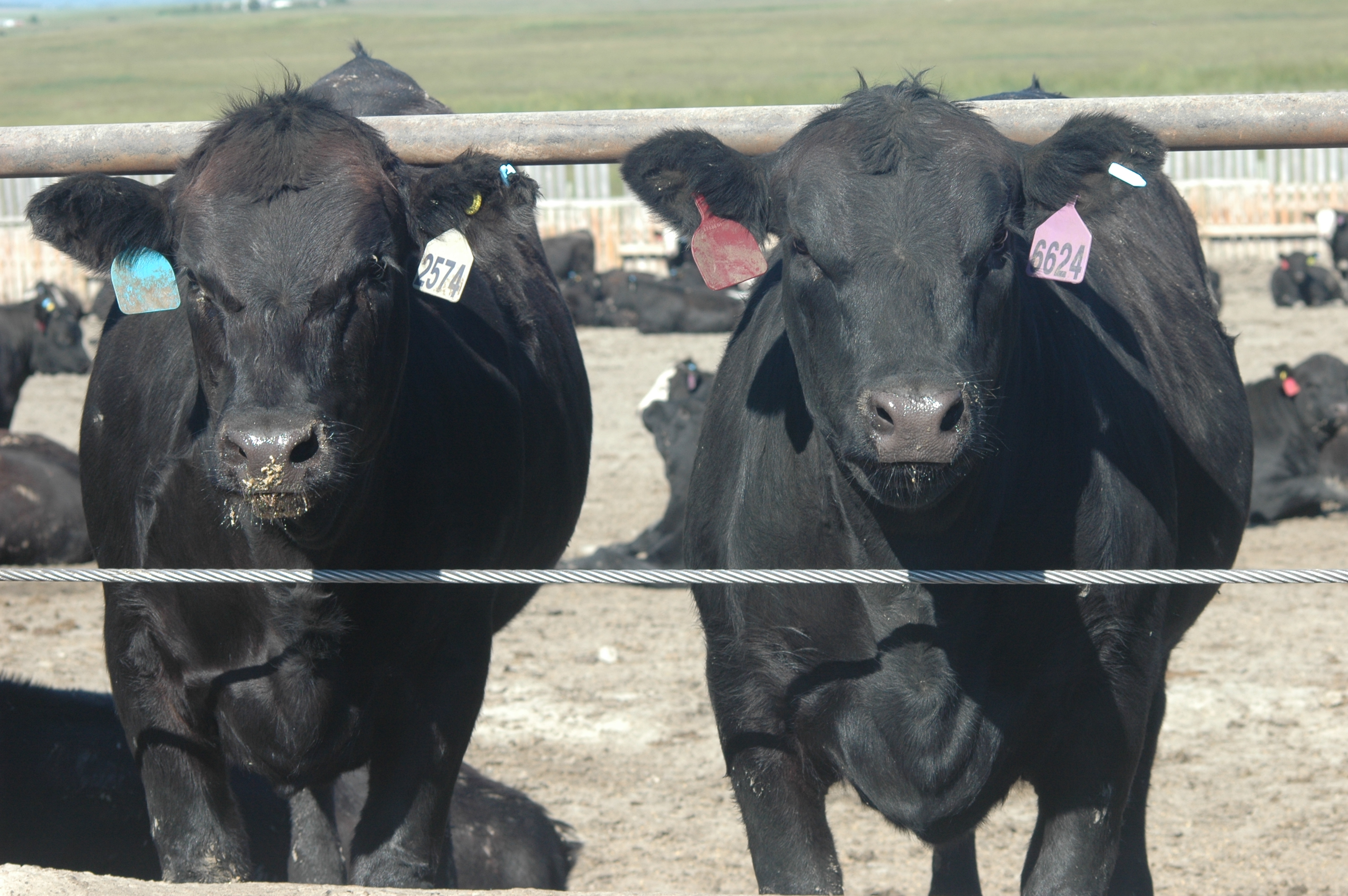
Beef picture: record prices in, out
by Miranda Reiman
If there was ever a good news/bad news story in the cattle feeding industry, this year is a classic example.
Market analyst Dan Basse, AgResource Company, warned cattle feeders of continued upward pressure on input prices while also pointing out the “bright spots” of increasing exports and high cattle prices.
Basse spoke at the Feeding Quality Forum in Omaha, Neb., and Garden City, Kan., last month.
“It’s another year of struggle between an economic landscape that’s less than favorable—we don’t see domestic beef demand rising this year—and this new worry about the price of feed and forage,” he said.
Utilizing field agronomists, weather data and historical trends, his company predicts an average corn yield of 148 bushels (bu.) per acre this season. Southern drought, combined with very high nighttime temperatures in the upper Midwest, all contribute.
“Extreme heat during the day, we never cooled off at night and that gets us back to problems like ear tipping, pollination blanks, long silks and, unfortunately, a less than desired corn crop,” Basse said.
Global stocks of corn are tight, and that’s why he sees a trading range of $6.50/bu. to $8.50/bu. going forward.
Of course, corn isn’t the only feed resource with bullish pressures. The extended drought in the Southern Plains is pushing forage and pasture prices upward. The drought has already devastated those regions, but if it extends into 2012 its impacts could be magnified for the entire beef industry.
“What does that mean for forage prices? What does that mean for wheat crops? What does that mean for future cattle availability?” he asked.
The decline of the U.S. cowherd is rapidly intensifying—a trend that’s being realized south of the border, too.
“Mexican cattle imports into the United States have been very, very high,” Basse said. “I don’t think we can continue that trend, though.”

Their domestic per-capita meat consumption is increasing. In contrast, the U.S. beef demand has been on a slow decline since 2006. Fortunately, imports to Mexico have stepped up.
“For the longest time it used to be that as retail price went up, beef use went down,” Basse said. “Now we are in this environment where retail prices are rising but we are also seeing an increase in total demand. That is due to the export segment.”
Ag Resource Co. projects exports reaching 12% to 13% of supply in the near future.
“That takes us above the pre-BSE (“mad cow”) levels and will keep cash cattle prices very high,” he said.
As Chinese consumers start encroaching on annual incomes above $5,000, the tipping point for including more meat in the diet, they are a target market.
“We think that U.S. beef is on the doorstep of making it to a greater degree into China,” Basse said.
Demand seems easier to pinpoint than supply right now.
“Could we have cow numbers to a low enough level that would send beef prices up to $2 on a live basis by sometime in 2013 and 2014?” he asked. “To some degree cash cattle prices will try to keep at a high price level so we don’t liquidate any more of our cowherd.”
Feeder prices will stay in the $125 to $140, range and may even climb to $150 in the next year.
These high numbers mean there are going to be more discerning diners.
“We want quality to be maintained at a very high level in beef, because if we’re going to have this elevated beef price we want to make sure the consumer is rewarded for that consumption,” Basse said.
The main take-home message is this: “Margin, margin, margin is the new mantra for feedlots if it hasn’t been already,” he said. “It’s just a challenge of margin—what goes in and what goes out—and how do we manage both ends?”
The meetings were co-sponsored by Pfizer Animal Health, Certified Angus Beef LLC (CAB), Feedlot Magazine and Purina Land O’Lakes.
More information and proceedings will be posted when available at www.cabcattle.com.
